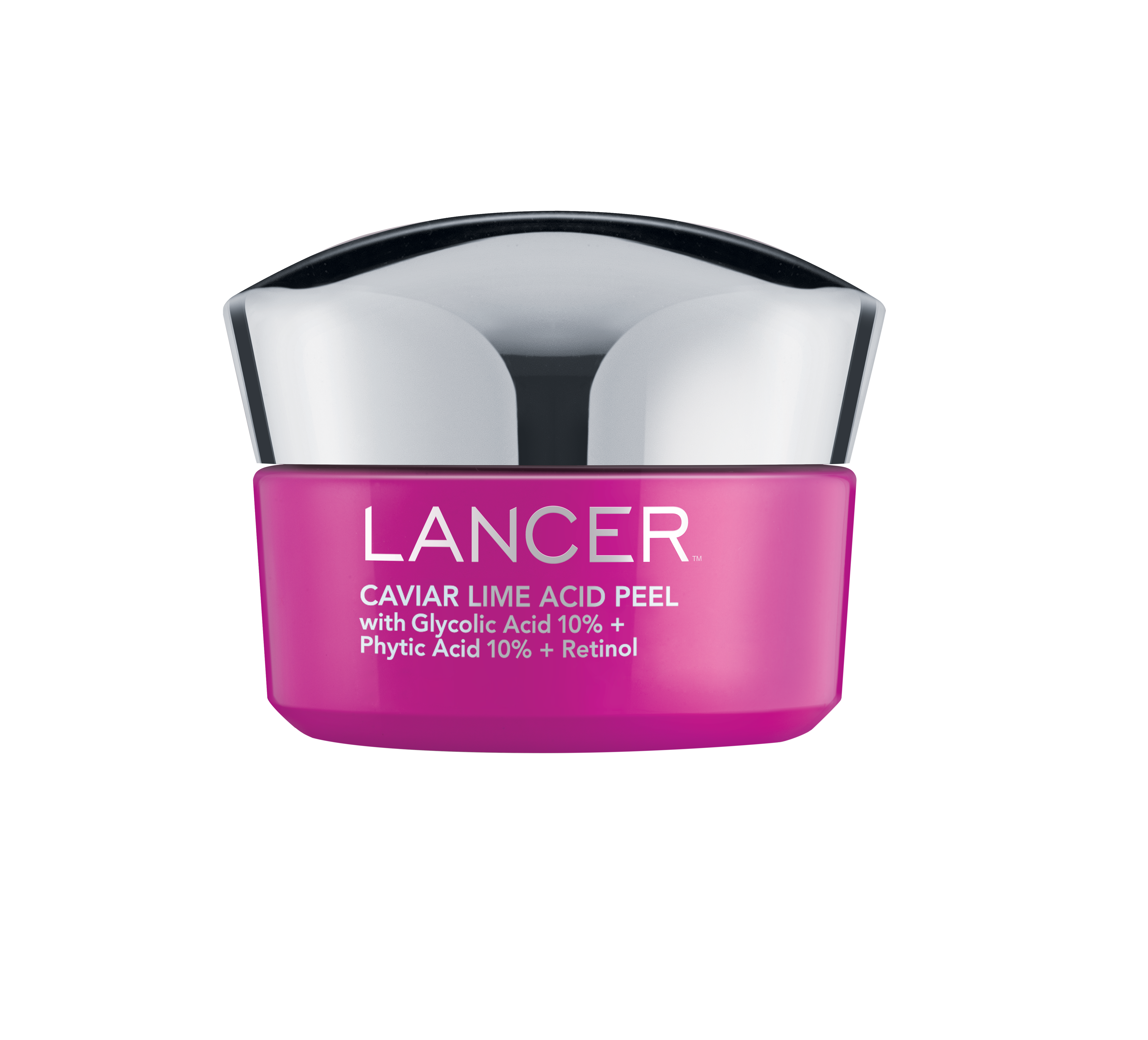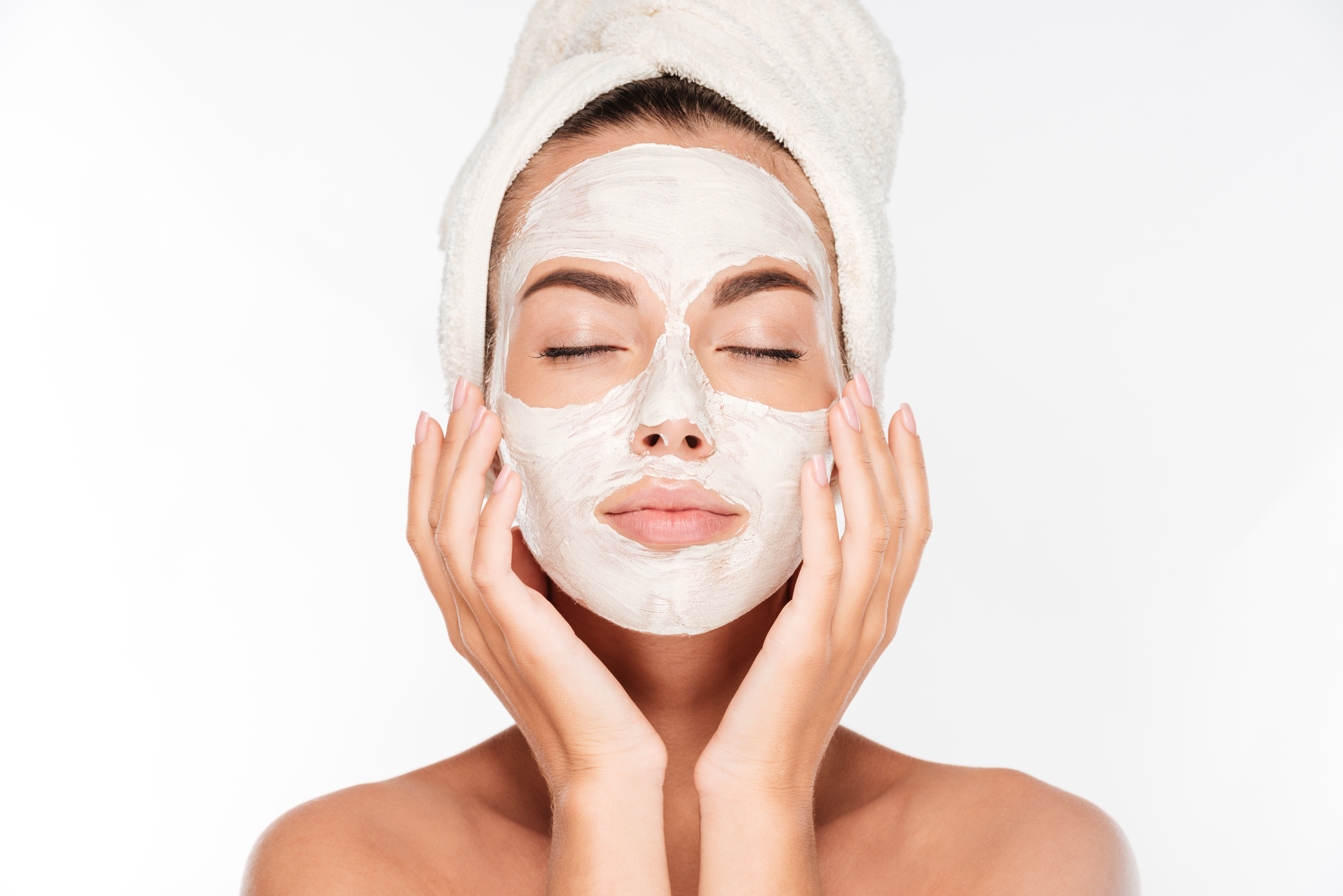How to Remove Makeup the Right Way
Removing makeup, sunscreen, and other stubborn cosmetic products is an essential first step to any nighttime skin routine. While many people think that they know how to remove makeup the right way, the truth is that many of them haven’t been taught how to remove makeup properly (and, no, simply rubbing your facial cleanser on your face will not remove your waterproof mascara and full coverage foundation). To help you out, we’ve compiled an ultimate guide that explains the different types of makeup you need to know about and how to remove makeup the right way. Then we’ll dive into why removing makeup matters and finish up with a look at the most common makeup removal mistakes that we see. Without further ado, here’s what you need to know about removing makeup:
Types of Makeup Removers
The specifics of how you will remove makeup will depend on the exact type of makeup remover you choose. Here are the top five types of makeup removers that you need to know about:
Micellar water
Micellar water refers to a water-based product that has tiny droplets of cleansing oils (a.k.a. micelles) suspended in the liquid. To use a micellar water, fully saturate a flat cotton pad, and then gently rub it along your face to remove the makeup. Micellar water is very gentle and suitable for all skin types, which is one of the reasons why it is so popular. Micellar water can remove skincare products, non-water-resistant sunscreens, and light makeup, but typically isn’t strong enough to tackle waterproof cosmetic products like mascara and foundation.

Eye makeup remover
Eye makeup removers are oil-heavy liquid products that are specifically designed to remove eyeshadow, mascara, lipstick, and other cosmetics products that are highly pigmented and difficult to remove. To use an eye makeup remover, fully saturate a flat cotton pad, and then hold it on the area where you wish to remove the makeup. While eye makeup removers are great for certain areas of the face, most people should avoid using them on their entire complexion, as the oil-heavy formula can clog pores and lead to breakouts.
Cleansing oil
Cleansing oils are another type of liquid makeup remover. Cleansing oils are typically thinner in consistency than eye makeup removers and are designed to be rubbed on a dry face directly, rather than applied to a cotton pad first. Some cleansing oils are strong enough to remove waterproof makeup and some are not; check the description and reviews before purchasing if you tend to wear a lot of makeup.
Cleansing balm
Cleansing balms usually come in a tub and feature a solid balm product that breaks down into an oil when you rub it between your hands. Once you have liquified the cleansing balm, rub it directly on your dry face until your makeup fully breaks down. Cleansing balms are very nourishing, making them a great pick for dry skin or the winter months. Cleansing balms are also typically designed to remove all kinds of makeup and skincare products.
Makeup wipes
Makeup wipes are sheets soaked in makeup removing chemicals. They are designed to be rubbed directly on the face to transfer the makeup to the wipe. Certain wipes can leave makeup and chemical residue behind on your face, which can lead to irritation, clogged pores, and breakouts. Make sure to check the ingredients to ensure that you are getting skin-friendly makeup remover wipes, such as those sold by Lancer Skincare.

Browse Lancer Skincare Facial Cleansers
How to Remove Makeup the Right Way
Now that we’ve gotten up to speed on the different types of makeup removers, we can talk about how to remove your makeup the right way. First of all, you should always apply makeup removers to dry skin. This is because almost all makeup removers are made with some kind of oil component in order to break down makeup. If your face is already wet, the water will repel the makeup remover and lead to a less effective cleanse.
If you are using a micellar water or an eye makeup remover, soak a flat cotton pad until it is fully saturated with the products. For micellar water, gently wipe the pad across the face to remove sunscreen and makeup. For eye makeup remover, gently hold it over one eye for at least 60 seconds, and then switch to the other eye; finish by swiping it across your lips if necessary. In both cases, it may take more than one cotton pad for you to get all the makeup off.
If you are using a cleansing oil, simply squirt a couple pumps into your hand, and then gently massage it all over your face and neck. If you are using a cleansing balm, scoop out a quarter-sized amount and rub it between your palms, and then gently massage it all over your face and neck as well. If you are wearing a lot of makeup, then you may wish to let your makeup remover sit on your face to make sure that it fully breaks down all the product on your face. Don’t neglect the edges of your face, and always push your hair back so you can cleanse around your hairline, ears, and jaw to remove the last traces of makeup.
Once you are satisfied that all your makeup has been removed, rinse your face or get into the shower or bath. Always follow up a makeup remover with a facial cleanser of your choice to ensure that you are removing the last traces of product from your face. Be sure to include anti-aging moisturizers and other hydrating products in your nighttime skin routine to nourish your skin after the makeup removal process.

Why Removing Makeup Is Important
At this point, you may be wondering: Why is it such a big deal to remove my makeup at night? If you’re dedicated to sleeping in your makeup, here are five unintended side effects that can happen when you don’t remove your makeup:
It leaves your complexion looking dull.
The makeup that left you looking fresh and dewy last night won’t look so good after you’ve slept in it. Old makeup tends to settle into fine lines and pores, making you look older and tired. In many cases, you’ll need to remove the makeup and reapply it in the morning anyway, because it’s rare to get through a night of sleep with your face intact.
It can clog pores and increase breakouts.
Makeup can embed itself in your pores overnight, making them look bigger and leading to whiteheads and blackheads. Makeup can also create a seal that traps oil in your skin, clogging your pores and contributing to acne breakouts. Certain makeup products may even contain comedogenic ingredients that are already known for worsening breakouts, and sleeping in it will just increase your risk of breakouts even further.
It can throw off your skin’s oil balance.
Everyone’s skin has a certain equilibrium of oil production, and sleeping in your makeup can throw it off. If your makeup is more matte, it can make your skin look dull and dehydrated. On the other hand, if your makeup is more dewy, it will make your face look super shiny. If you sleep in your makeup frequently, it can throw off your skin’s oil production in the long term and have farther-reaching effects on your skin.
It makes other skincare products less effective.
Skincare products certainly aren’t designed to penetrate a full face of makeup. If you only have lingering traces of makeup on your skin, it will make your other products less effective than they could be. If you’re paying for skincare that you hope will make a difference in your skin, then removing all your makeup before applying your skincare will ensure that your skincare is as effective as possible.
It will stain your pillowcases and sheets.
Makeup can be really difficult to get out of fabric, especially if you wear waterproof cosmetic products. If you sleep in your makeup, then you will almost certainly get it all over your pillowcases and sheets, which can permanently stain them beyond recognition. Removing your makeup every night will keep your towels, sheets, pillowcases, and other linens looking nearly brand new.
Get the Lancer Skincare Makeup Wipes

Common Makeup Removal Mistakes
Removing makeup seems like a simple enough process, but there are still better ways to do it than others. Here are the top five makeup removal mistakes that we see:
Not letting the products sit long enough
If you’re rubbing your face really hard to try to break up the makeup on your skin, consider letting the makeup remover sit on your face for a couple minutes before you rinse it off. In many cases, agitating the product around with your hands only provides marginal benefits, and the real reason why your makeup remover isn’t taking off your makeup is because you’re not letting it sit long enough. Don’t be afraid to let it rest on your face for a few minutes while you brush your teeth and floss. You’ll be surprised at how much more effective your makeup removal becomes!
Rubbing your skin too hard
On a similar note, rubbing or tugging the skin too hard is another common mistake that we see often with makeup removers. Rubbing the skin vigorously can irritate it and even cause microtears. If you have to rub the makeup remover really hard to remove the product on your face, then you’re either not letting it sit for long enough or you’re using the wrong makeup removal products for your needs (see below).

Choosing the wrong makeup removal product
Not all makeup removers are created equal. A micellar water is great for removing a light layer of BB cream, but it might not put a dent in a full face of waterproof foundation. If you feel like your makeup remover isn’t doing its job, and you’ve tried all the other tips, consider whether or not you need to switch to a different type of makeup remover to get a more effective cleanse.
Using a cleanser that isn’t meant for makeup removal
Facial cleansers are the foundation of any skincare routine, but they’re not meant to remove makeup. If you’ve just been putting a facial cleanser right on your face, without removing your makeup first, then you’re probably not getting a very effective cleanse. Using a makeup remover first will allow your facial cleanser to do what it’s supposed to do and result in a more pleasant and effective cleansing experience.
If you’re looking for high-quality makeup remover wipes, be sure to grab a pack from our Lancer Skincare online store! We also offer a whole range of nourishing skincare products that create the perfect followup routine after makeup removal, including facial cleansers and moisturizers. All of our products feature tried-and-true ingredients and are backed by our 100% satisfaction guarantee. All Lancer Skincare products also ship free within the United States — no order minimum needed — so there’s no reason not to try them!
Image Credits
Rade Kovac/Shutterstock.com
HstrongART/Shutterstock.com
Prostock-studio/Shutterstock.com
Dean Drobot/Shutterstock.com
Zyn Chakrapong/Shutterstock.com
brizmaker/Shutterstock.com
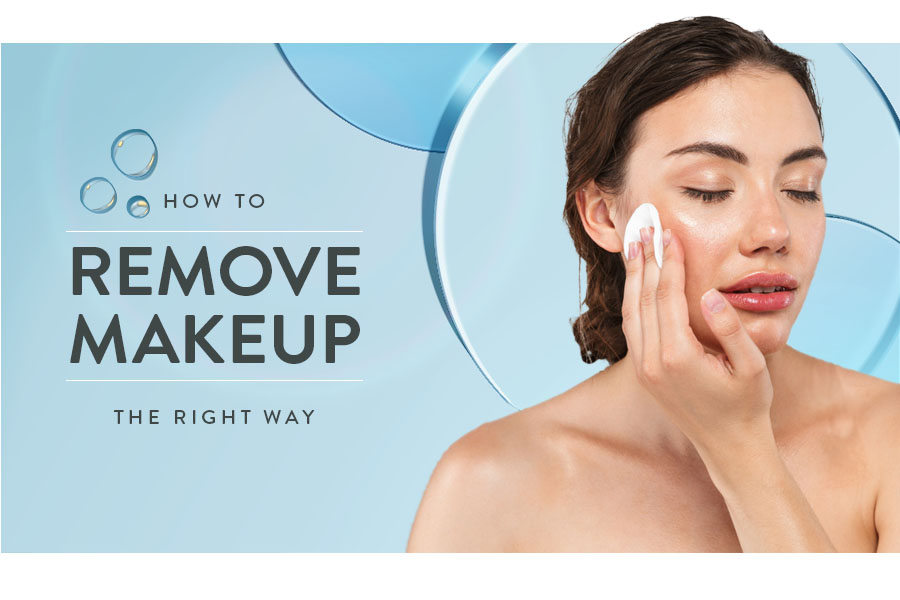



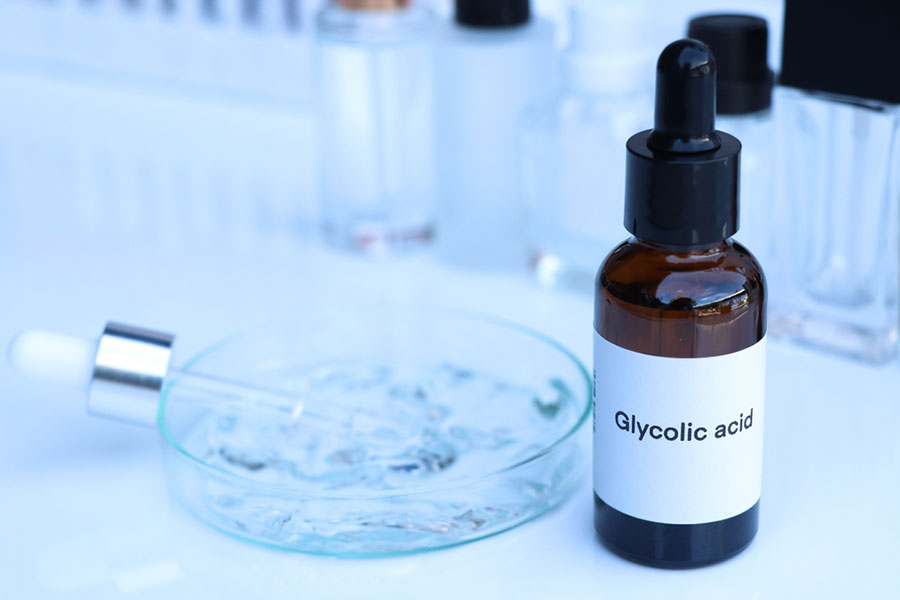


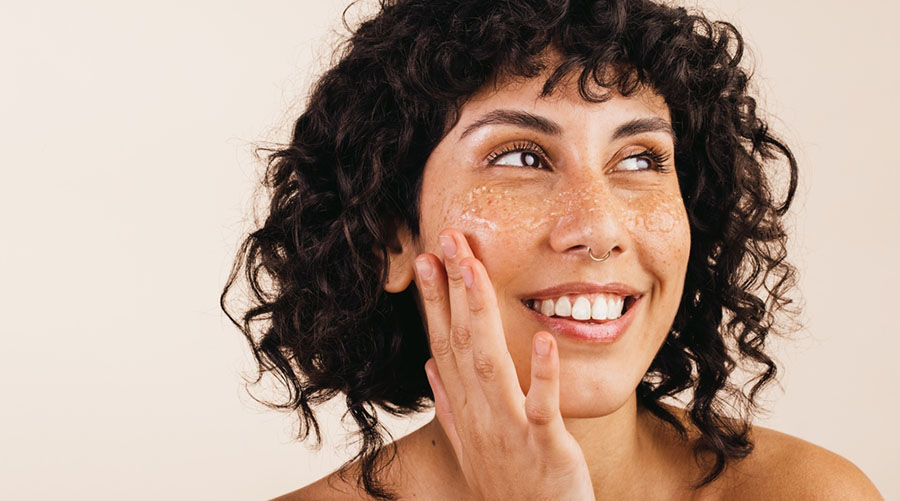
 We recommend exfoliating your face every day, but with one caveat: only use products that suit your skin type. Because it’s quite literally removing the top layer of skin, exfoliating can be damaging to sensitive, dry or irritated skin types. Regardless of your skin type, following up with a
We recommend exfoliating your face every day, but with one caveat: only use products that suit your skin type. Because it’s quite literally removing the top layer of skin, exfoliating can be damaging to sensitive, dry or irritated skin types. Regardless of your skin type, following up with a 
